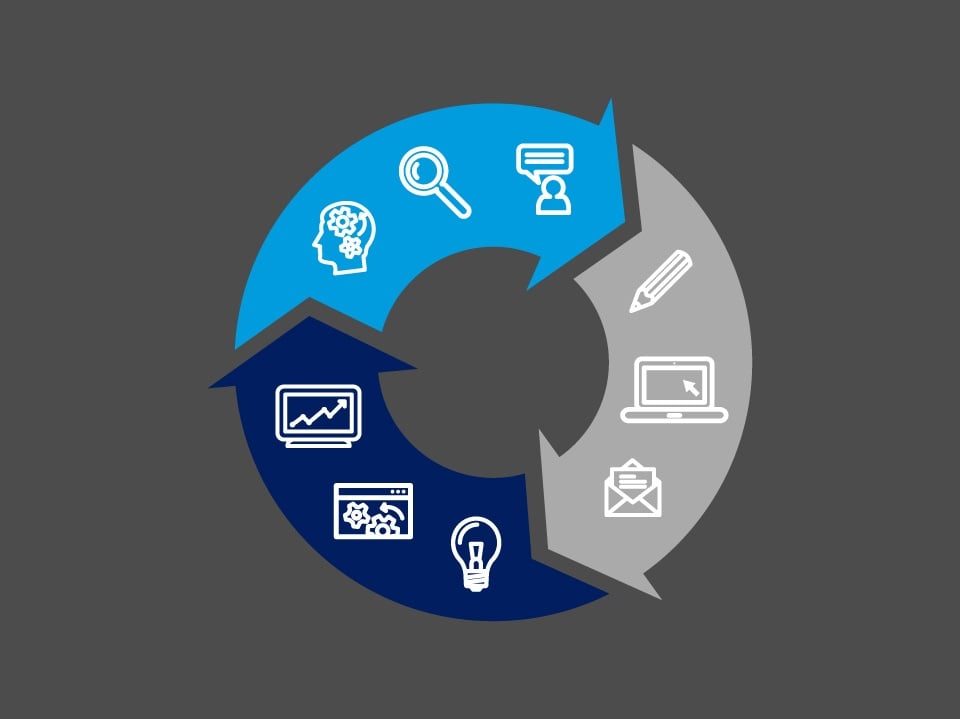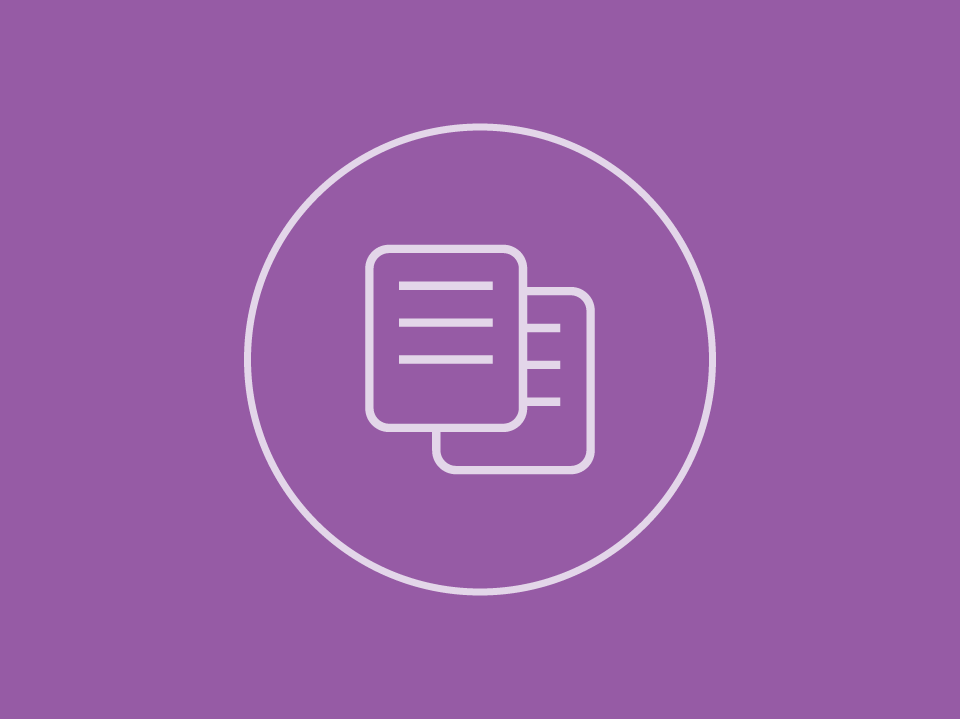The best practice of requirements traceability in software development helps teams deliver higher quality software. Teams use traceability – which is simply the practice of documenting relationships amongst requirements and with other information – to tie business needs to requirements and then to deliverables. It helps Product Owners and Business Analysts confirm all business requests have been covered, validate they address a business purpose, and demonstrate where they originated. Traceability is also a powerful tool to support analysis, decision-making, and change management.
Robust traceability is essential in regulated industries. In our post Why You Need a Robust Requirements Traceability to Deliver Audit-Ready Software, we wrote about the challenges of managing compliance requirements and how documenting traceability from regulations to requirements helps. The benefit of traceability in regulated environments, however, doesn’t end at requirements. Continuing that traceability from requirements to tests boosts quality by helping teams:
- Assure tests exist for every aspect of a regulation. Teams developing software in regulated industries are often faced with numerous regulations from multiple governing bodies. They must develop requirements to address every aspect of these regulations and write tests to address every scenario within them. Traceability from regulation to requirements to tests provides teams with the ability to confirm full test coverage in a complex environment.
- Validate the outcomes of compliance testing. When tests can be traced to requirements and regulations, testers have access to information that can help them analyze and confirm testing results. When they also have access to other artifacts – like visual models that are related to requirements – that information increases, increasing its value to testers. Testers can easily review a screen mock-up or process model as they test to confirm understanding and validate success.
- Manage the impact of change. Not only are regulatory requirements numerous and complex, they change frequently. As they do, teams must manage the corresponding change to requirements and tests. The traceable connections among regulations, requirements, and tests provide teams with the ability to analyze and address the impact of change throughout the development life-cycle.
- Provide a comprehensive view for audit purposes. When relationships have been established between important development assets, teams are equipped to demonstrate to auditors how they planned for and accomplished product compliance.
Complex Traceability Requires Tool Support
The kind of comprehensive, multi-directional traceability needed in regulated environments is virtually impossible to manage with spreadsheet-based traceability matrices.
Teams need robust requirements tools that provide flexible, multi-directional, precise traceability between regulations, requirements, and tests and other artifacts like visual models, risks, and other nonfunctional requirements. They need robust test management tools that provide them with a comprehensive view of compliance requirements and the ability to navigate to related artifacts easily in their own toolsets. Ideally, these tools have robust integration, enabling teams to manage compliance across the lifecycle and provide an end-to-end view of regulatory requirements and the test results that prove they’ve been met.
Blueprint meets the complex needs for traceability in a regulated environment and supports them with a powerful feature: Auto-generation of test cases from requirements. This feature scans use cases, generating tests for every scenario, helping teams deliver comprehensive test packages for functional requirements, including those related to compliance. When traceability in Blueprint is established between compliance requirements and supporting artifacts, like regulations and visual models, auto-test generation maintains those relationships to tests, automatically creating traceability from tests to those related artifacts.
Blueprint also boasts robust integration with HP Quality Center and Microsoft Team Foundation Server. It pushes auto-generated tests and their relationships with other artifacts – as well as the artifacts themselves – into your testers’ own toolsets.
If you’re managing requirements and tests in a regulated environment, let us show you how it works. For a product demo, please contact us today.





